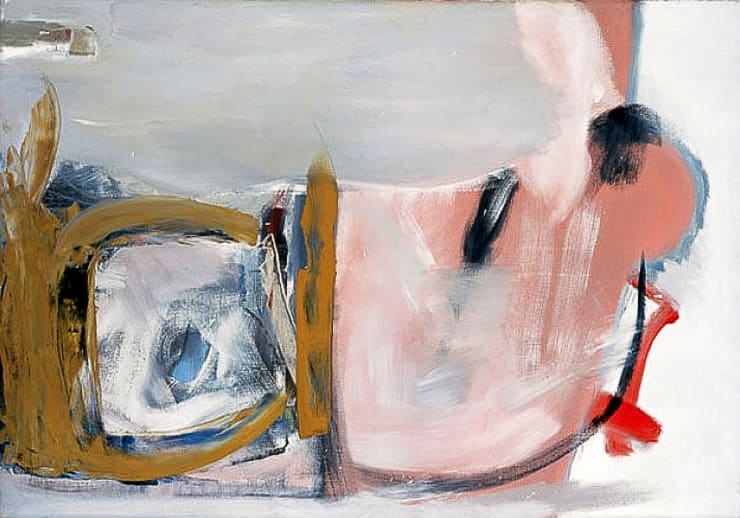Peter Lanyon 1918-1964
Peter Lanyon was mainly a painter, but also a sculptor. Lanyon's work is central to any assessment of St Ives painting, since he experienced at first hand the invigorating influence of Ben Nicholson, Barbara Hepworth and Naum Gabo, when they moved to St Ives in 1939.
However, Lanyon chose to make a more direct reference to the local landscape than his St Ives peers. Lanyon talked about exploring vertiginous edges within the landscape and in 1959 began gliding. The tactile surfaces and compact, enclosed forms of his work of the early 1950s began to expand into a new flowing style on an increased scale, strengthened by his knowledge of Abstract Expressionism.Peter Lanyon's last works often drew inspiration from his gliding, but he also referred to architectural forms. He became involved with mural designs. In addition he produced painted junk-studded reliefs, which influenced his final oil paintings. These often carry subtle and integrated relief elements.


